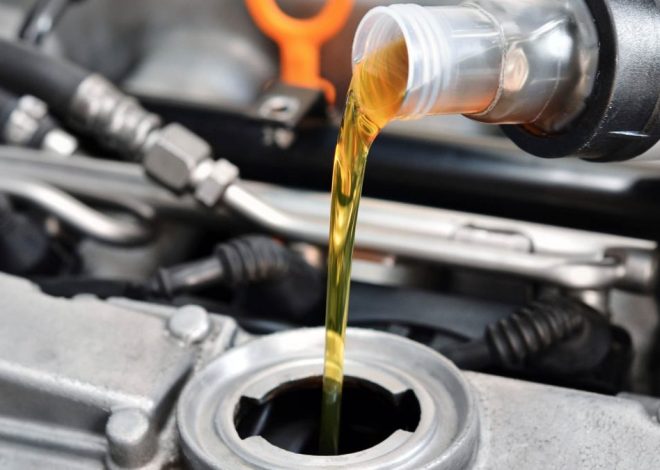
The Link Between Wheel Alignment and Brake Efficiency – Why Aligned Wheels Help Brakes Work Better
Wheel alignment helps with vehicle handling. It also extends tyre life. Its effect on brake efficiency matters too. Properly aligned wheels help brakes work better. Misaligned wheels cause uneven tyre contact. This leads to poor braking performance. Keeping the right alignment helps brake parts last longer. It also makes stopping safer. Service providers have different levels of wheel alignment and brake inspection. These tiers show customers how alignment impacts braking. They explain the care needed.
Misalignment can cause braking issues
Wheels need to be aligned. If they are not, tires do not sit flat. This can cause problems on the road. This creates uneven pressure. It happens when stopping. Braking force is not steady. This can cause longer stopping distances. Misalignment causes vibrations. It also pulls to one side when braking. This adds strain to brake parts. They wear out faster. Brake pads and rotors need to be replaced more often. Proper alignment helps spread braking force. It works evenly on all tires. This helps with braking. It improves control.
Find problems early
Alignment checks are important for vehicle maintenance. They help find early problems. Technicians check the angles of wheels. They compare them to the standards set by the manufacturer. Small misalignments can be hard to see. They affect braking as time goes on. Technicians find problems early. They do this to keep safety intact. Early detection helps prevent expensive brake repairs from Brake Repair in Hatboro, PA. It stops uneven tyre wear. Regular inspections help the brakes work well with the wheels. This stops surprises on the road.
Brake optimization
Some service providers offer alignment services. These services help improve brake performance. These services adjust camber, caster, and toe angles. This helps maximize tire contact. Better alignment cuts down friction. Tires grip the road well when braking. This improves fuel efficiency. It also extends tyre life. Changes at this level help improve brake response. They also enhance stability. Technicians use special tools. They ensure precise alignment. This care helps drivers. They want the best brake efficiency.
Brake checks and alignment go together
Some maintenance packages include wheel alignment and brake inspections. This method checks how the braking system reacts to wheel position. Technicians check brake pads. They inspect rotors and callipers. They also do alignment checks. If issues are found, the service tier may include brake repairs. It may also include replacements. This service keeps the vehicle safe. It ensures good performance on the road. Aligning and caring for brakes helps prevent mismatched repairs. This keeps the system effective. Customers get full attention. It includes all related parts.
In conclusion
Wheel alignment affects brake performance. It is important for any vehicle. Misaligned wheels cause uneven tyre contact. This leads to poor braking efficiency. Early detection helps. Alignment inspections prevent brake wear. They also stop failures. This saves money. Alignment services improve brake response. They enhance stability on the road. Brake inspections and alignment go together. This gives a full safety check. Regular maintenance keeps alignment in check. This helps achieve peak brake performance. Good wheel alignment helps you drive safely. It also makes your brakes last longer.


